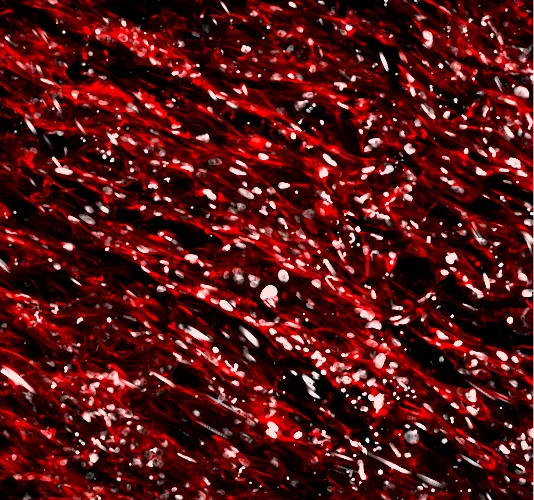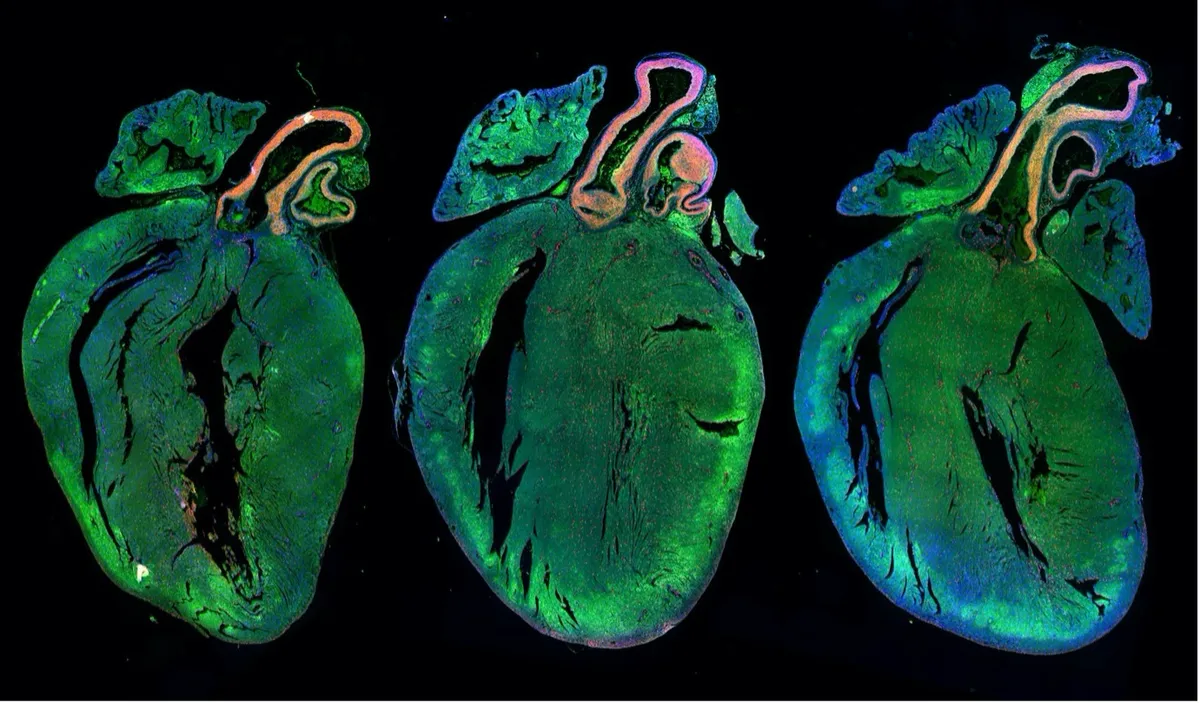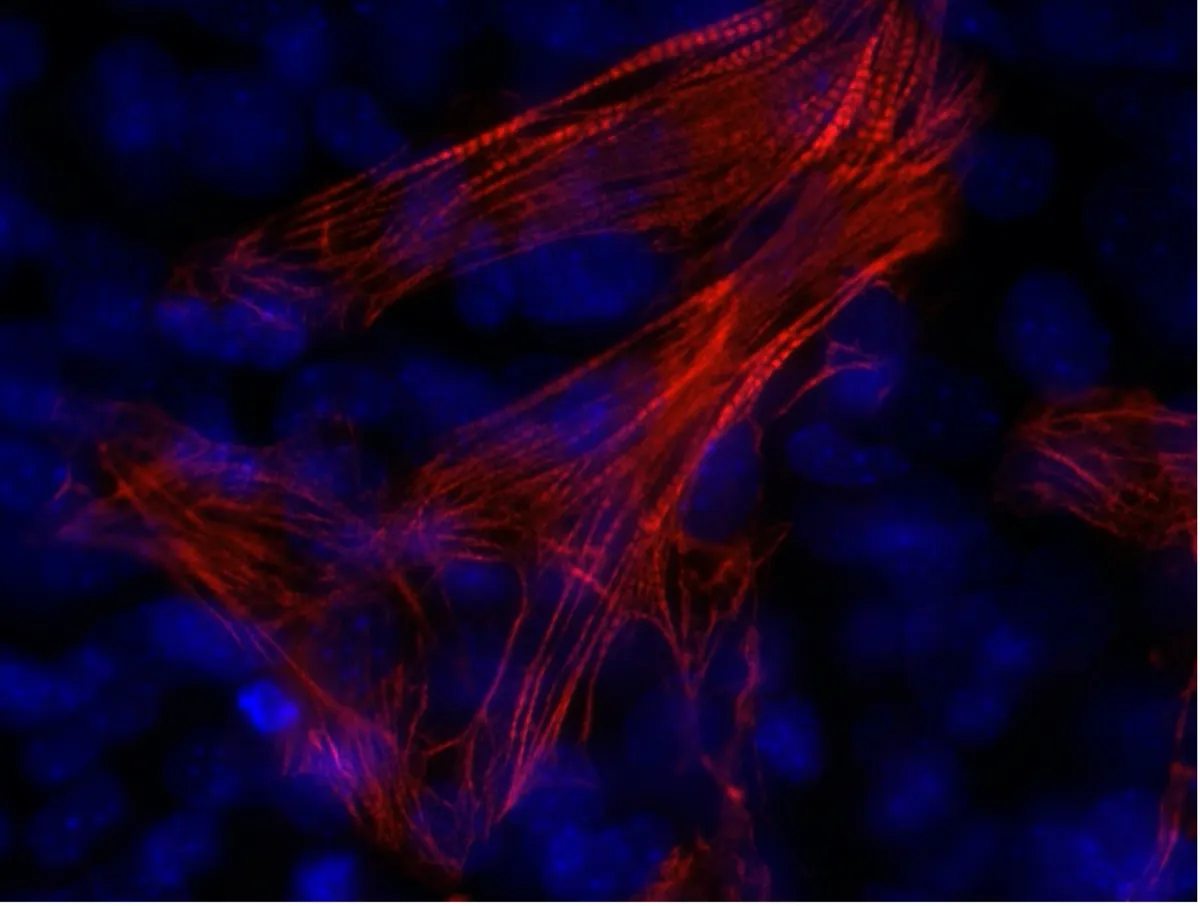This set of stunning images are some of the highlights from eight cutting-edge projects that will receive millions of pounds’ worth of funding from the British Heart Foundation (BHF) in 2022. The funding is going to be raised by the 2022 TCS London Marathon.
Heart failure is caused by a heart attack, which often occurs suddenly, or over time thanks to an underlying condition such as high blood pressure, heart valve disease or congenital heart defects. In all cases it leads to the heart struggling to pump blood around a patient’s body. It currently affects almost one million people in the UK.
Each project showcases a different approach in the fight against heart disease based on regenerative medicine - a branch of medicine that aims to heal patients by regrowing or replacing damaged cells and tissues.
“BHF-funded research has spear-headed treatments to give people with heart failure longer, healthier lives, but there is no cure. Regenerative medicine offers that hope,” said Prof Metin Avkiran, associate medical director at the British Heart Foundation.
“The money raised by the 2022 TCS London Marathon will enable these researchers to push the boundaries of medicine by finding ways to teach the heart to repair itself. Unlocking these secrets could help heal hearts and transform the outcomes for people living with devastating heart failure.”
This'll patch you up

This image shows what could be one of the most technically advanced sticking plasters ever created. It was grown from stem cells by a team from the University of Cambridge and shows a patch of red heart cells peppered with white nuclei. The patches could one day be applied to a damaged heart, much like a sticking plaster, to help it to repair itself.
Clone rangers

Here, clones of cells found inside blood vessels within the heart are shown moving to areas that are lacking in oxygen. The University of Edinburgh team hope that, once in place, the clone cells can begin to create a new network of blood vessels to provide the damaged areas of the heart with a fresh supply of oxygen and help it to repair itself.
The heart gets a glow-up

Researchers at King's College London created these luminescent mouse hearts to demonstrate the effect of the microRNA technique they are developing to strengthen heart muscle tissue.
MicroRNAs are small molecules that regulate the expression of certain genes. The two hearts on the right of this image have been injected with microRNAs chosen to stimulate the growth of heart cells, resulting in the development of much stronger muscle tissue. - notice their thicker muscles and differing colours.
Vessel network

This image, taken by researchers at the University of Edinburgh, shows a two-day-old zebrafish that has been injected with different coloured proteins to highlight its complex array of veins, arteries and lymph vessels. The veins can be seen glowing green and yellow, while the lymph vessels and arteries can be seen in red.
Zebrafish embryos are often used in labs as they share some similar physiological structures to humans and their transparent skin enables researchers to easily observe their internal processes.
The ultimate goal of the project is to develop methods of controlling blood vessel growth in human hearts to help patients to recover more effectively.
Muscle up

A team from the University of Aberdeen is working on this project based on stem cells designed to copy the way that heart muscle develops in the womb. The tangle of red is made up of Troponin T, a protein involved in the contraction of the heart and other muscles, and was grown in a Petri dish.
Read more about the heart: